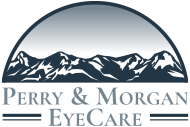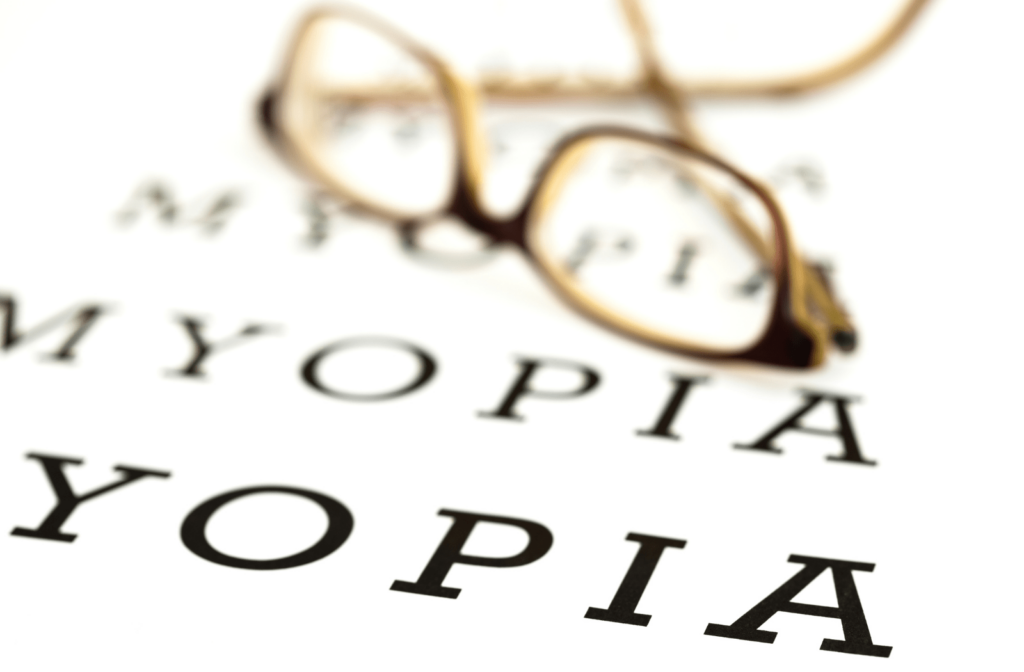Myopia or nearsightedness is when individuals have no problem seeing close-up objects but have blurry distance vision. Myopia is a refractive error in which light rays focus in front of the retina rather than on it. Another way to think of myopia is that the eye is too long for the refractive power of the eye.
Myopia usually develops in childhood and progresses with age. Children’s eye exams are thus crucial in supporting eye and vision health from a young age. Slowing the progression with early control and management options can prevent future eye issues.
Read on as we discuss myopia, its symptoms, and why it worsens with age.
What Causes Myopia?
Myopia is mainly an inherited eye condition. However, lifestyle, environmental factors, and other health problems can contribute to or cause myopia.
Myopia develops when structural changes occur in the eye. As the eye grows, the eyeball from front to back becomes longer than normal, or the cornea (transparent outer layer of the eye) is steeply curved.
When light rays enter the eye, they focus in front of the retina, so objects nearby look clear. It also increases the focusing distance, so far away objects look blurry.
Symptoms of Myopia
Here are some signs to look out for that typically start in school-aged children:
- Headaches
- Excessive tearing
- Holding objects closer to the face to see
- Eye rubbing
- Squinting
- Eye strain
- Moving closer to the TV or screen to see
- Difficulty reading the board at school
Who is at Risk of Developing Myopia?
Some factors can increase your risk of developing myopia. These include:
- Genetics or parental myopia: One or both parents are nearsighted
- Ethnicity: People from East and Southeast Asian countries
- People who spend more time on near tasks: reading, handheld devices (computer games, social media, etc)
- Females are at greater risk than males
Myopia & Age
More children are initially diagnosed with myopia as compared to adults. As eye development continues with growth, myopia tends to progress through childhood and adolescence. Historically myopia stabilizes in the early twenties however with increased screen time this stability is often not realized until a later age.
Myopia progresses differently, slow or fast, and varies from one individual to the next. Once your eyes development is complete in your twenties, they typically don’t change much until age 40. Sudden changes in vision and nearsightedness later in life can indicate other eye conditions.
Younger children diagnosed with myopia are more predisposed to developing high myopia and the following later in life:
- Glaucoma
- Retinal detachment / retinal tears
- Macular degeneration
- Myopic Maculopathy
- Inability to have refractive corrective surgeries, such as Lasik, due to poor health and high refractive error.
Treatment and Management of Myopia
Myopia isn’t curable, but it is treatable. Children with myopia can wear glasses or contact lenses depending on age, maturity, and responsibility. Later surgery is an option in some cases.
There are even ways to slow the progression of myopia. Children should spend more time outdoors instead of doing lots of focused work, such as playing video games and staring at the computer or TV screen.
With a family history of nearsightedness, regular eye exams can detect it early and treat the condition with the correct prescription. Optometrists can also use several methods to help slow the progression in children.
The following are treatment options for slowing the progression of myopia in children:
Specialized Contact Lenses
These are special multifocal contact lenses that have different areas of focus. The center corrects distance vision (myopic focus), and the other sections blurs side or peripheral vision (myopic defocus). This myopic defocus can slow eye growth.
Atropine Eye Drops
Low-dose atropine eye drops used at night can slow myopia progression by keeping the eye from lengthening too much. These types of drops are also used in eye exams to dilate or widen the pupil.
Orthokeratology
Also called Ortho-K or corneal refractive therapy (CRT) uses rigid lenses worn overnight to change the shape of the eye. They gradually change the curvature of the cornea by flattening it. This is a way to avoid wearing corrective lenses while awake but does not stop the eye from growing longer. Once you stop wearing CRT lenses, the cornea reverts to its original shape, and myopic blur returns.
Laser Surgery
Procedures such as LASIK use lasers to reshape the cornea by removing corneal tissue. They are performed mainly on adults over 18 and those who can’t wear corrective lenses.
Preventing Myopia Progression
With the rapid increase in myopia in young populations, myopia management measures can prevent it from progressing. If started early, they can help preserve eye health and vision as you age.
If your child is showing myopia signs, book an appointment for a children’s eye exam with Perry & Morgan EyeCare.



